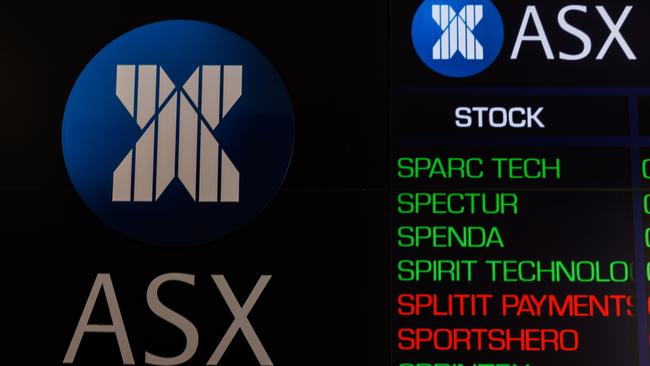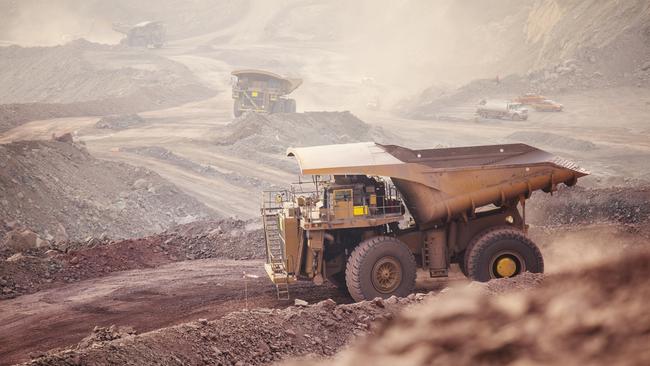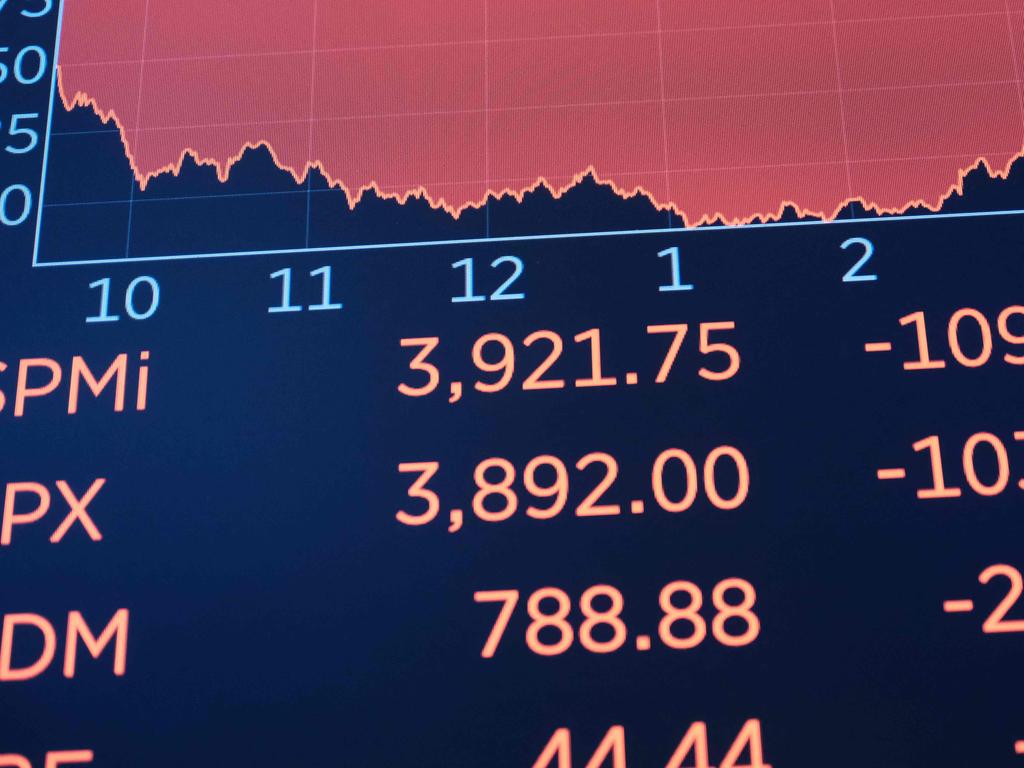Revealed: Best and worst IPOs of 2022 in a dismal year for ASX floats
Mining stocks were the clear winners in a largely disappointing IPO market for Australian investors over the past year. | FULL LIST of best and worst performers.

Initial public offerings limped through the past year as conditions soured following a record 2021, with the Australian IPO market recording its slowest 12 months since the depths of the European debt crisis roiled markets in 2012.
From 241 listings in 2021, just 104 tipped over the line this year, including gold explorer Southern Cross Gold, fintech Beforepay and lithium play Leo Lithium.
The class of 2022 is well short of the five-year average, which sits at 145, according to data compiled for The Australian by the Australian Securities Exchange. And Australia isn’t alone in the downturn. Listings around the globe had a swift shift early in the year, from breaking records in 2021 to a slumbering 2022 as inflation and rising interest rates crunched valuations and sent sharemarkets reeling.
While local listings activity has declined by close to 60 per cent, the US market has fared even worse, with the number of IPOs hitting the market in 2022 plunging 86 per cent on the prior year, according to ASX’s general manager for listings, James Posnett.
“We had a record-breaking 2021. The quoted market capitalisation of new listings was an all-time high and we had a record number of billion-dollar IPOs. So compared to that, I think there would probably have been a pause anyway,” Mr Posnett told The Australian.
“But this is the quietest we’ve seen it, in terms of IPOs, since 2012. And at that time, there was the European sovereign debt crisis, so volatility in global markets was extremely heightened.”

Capital raised also crumbled this year, tumbling from a multi-year high of $13bn in 2021 to just $1bn this year. The value of new listings, meanwhile, fell from a record $52bn to a below-average $30bn.
The market turn earlier this year came with a corresponding shift in valuation assumptions, Blair Beaton, ASX group executive for listings, added.
“There ended up being a bit of an expectation gap between what a company might have been worth 12 months ago in the private space versus what investors were prepared to pay for it (when the markets turned). And that added to a pretty quiet year for IPOs,” he said.
Sector-wise, materials companies made up the bulk of the year’s new listings, accounting for 63 of the 104 IPOs. This was followed by energy, with industrials rounding out the top three.
When it comes to share price performance, new market entrants had a patchy year at best.
While technology stocks were hard hit in the broader market as interest rates pushed higher, it was a similar story on the IPO front, with tech companies among the worst performers of the year in terms of shareholder returns.
Indeed, fintech Beforepay, which allows users to take an advance on their monthly salary ahead of payday, delivered the worst performance of the lot with an 86 per cent plunge on its $3.41 IPO price.
The Sydney-based company raised $35m in its January IPO, but the stock tanked on debut and has struggled since. The stock last traded at just 48c.
HALO Technologies was another victim of the tech rout, sliding 85 per cent from its offer price of $1.20 to 18c at the close of trade last week.
Perth-based meal kit delivery company My Foodie Box also had a disappointing performance. Its stock last traded a 3.6c, an 82 per cent slump on its 20c issue price.
At the other end of the scale, resources companies nabbed the top 10 spots for best performance post-IPO.

Western Australian gold-copper exploration company WA1 Resources took pole position with a 515 per cent surge on its 20c offer price, with the stock last trading at $1.23. It was followed by nickel, cobalt and manganese explorer NiCo Resources which jumped 315 per cent to 83c from its 20c issue price. Southern Cross Gold shares have rallied 290 per cent to 78c from their 19.5c issue price. The biggest float of the year was mining technology company Chrysos Corp, which raised almost $184m in its IPO. The stock, issued at $6.50, closed at $2.98 last week, a fall of 54 per cent.
Leo Lithium raised $100m at 70c a share, making it also one of the biggest IPOs of the year but the stock was down almost 34 per cent at 46.5c last week.
After a rough year, both IPO hopefuls and market participants are no doubt counting on the listings market recovering in 2023.
Indeed, as we move closer to the final push of the interest rate hiking cycle, ASX’s Mr Posnett is optimistic the market will get back on track in the coming months.
“There’s a sense that we’re getting close to peak rates here in Australia … and that we might see rates dropping in the second half of calendar 2023,” he said.
“We’re quietly confident that we’re going to start to see some material sector IPO activity in the beginning of next year, and then more activity in the second half.”
Analysts at Morningstar, however, are not too optimistic about the broader outlook for equity markets next year.
“Expect a mediocre 2023 market performance, with minimal capital returns and an income yield of around 4 per cent,” said Morningstar head of equities research Peter Warnes.
He said a “hard landing” looked increasingly more difficult to avoid in 2023.
“The unravelling of bloated balance sheets and the impact of the prolonged and still unfinished interest rate tightening cycle will have an adverse effect on consumer demand and corporate earnings,” Mr Warnes said.








To join the conversation, please log in. Don't have an account? Register
Join the conversation, you are commenting as Logout